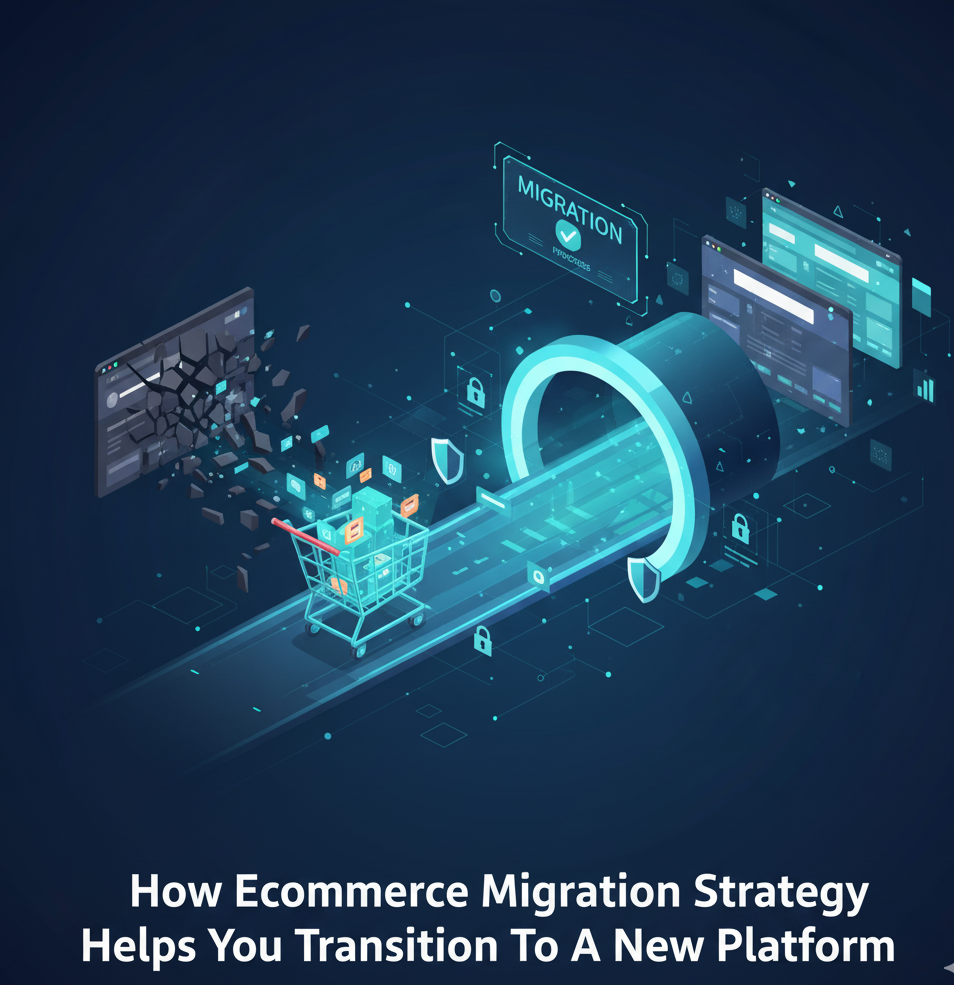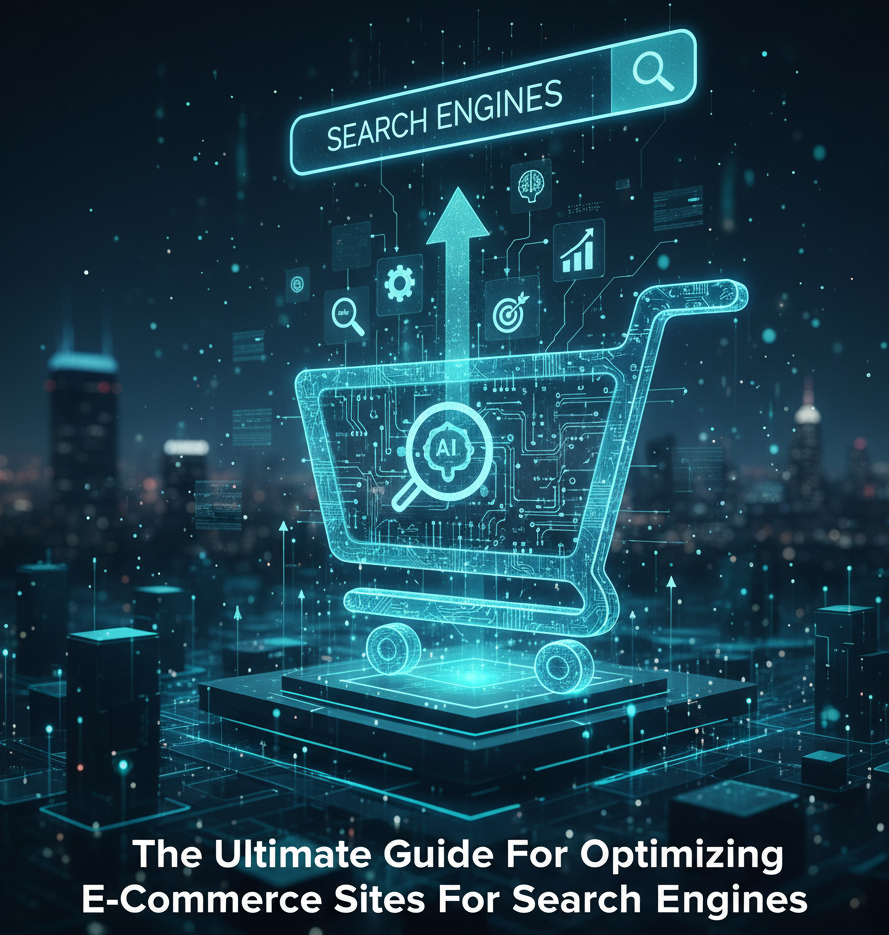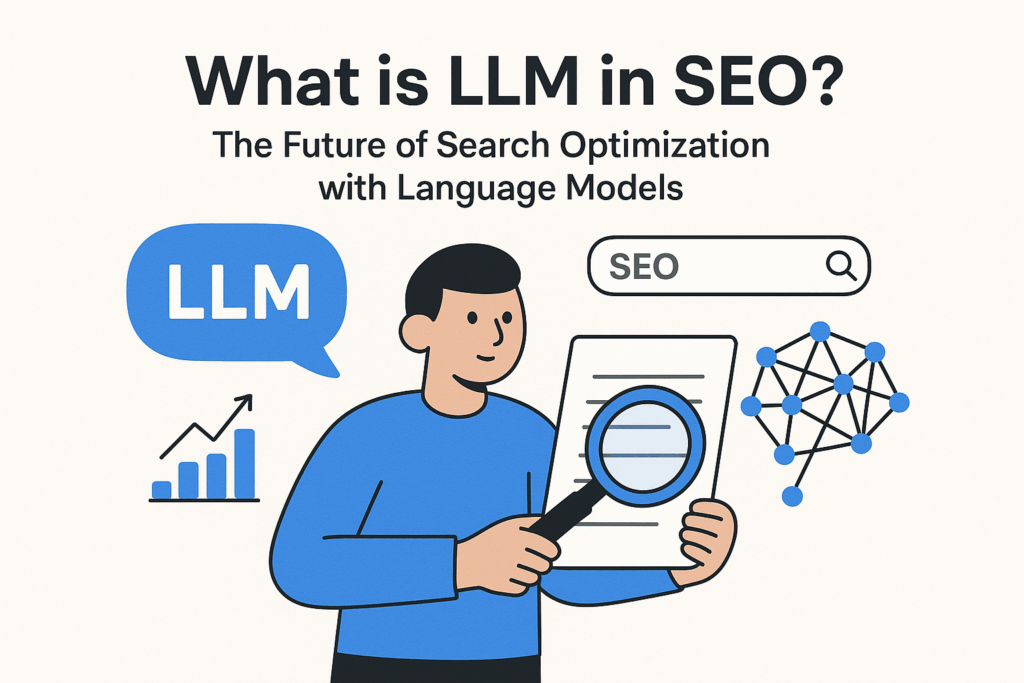Contents
Shopify has emerged as a leading e-commerce platform, empowering businesses of all sizes to create and manage successful online stores. With its user-friendly interface, extensive range of features, and robust infrastructure, Shopify provides a solid foundation for e-commerce growth. This comprehensive guide aims to provide an in depth understanding of Shopify development stores, covering various aspects from setting up a store to customization, app integration, and optimizing the shopping experience. Whether you’re a novice looking to launch your first Shopify store or an experienced developer seeking advanced techniques, this guide will serve as a valuable resource to enhance your Shopify development skills.
Setting Up a Shopify Store:
The process of setting up a Shopify store is straightforward, even for those with minimal technical expertise. This section will walk you through the step-by-step process of creating a Shopify account, selecting a theme, and configuring essential settings. You will learn how to set up product categories, customize the look and feel of your store, and add essential pages like the home page, about page, and contact page. Additionally, we will discuss how to configure payment gateways, set up shipping methods, and manage tax settings to ensure a seamless checkout experience for your customers.
Customizing Your Shopify Store:
Shopify provides a range of customization options to make your store unique and align with your brand. In this section, we will explore various techniques for customizing your Shopify store. We will discuss how to modify themes using the Shopify Theme Editor, including editing CSS and HTML code to achieve specific design changes. Additionally, we will delve into liquid templating, Shopify’s powerful templating language, enabling you to customize dynamic aspects of your store, such as product listings, collections, and navigation menus. You will also learn how to leverage Shopify’s section system to create custom sections and enhance the flexibility of your theme.
App Integration and Extending Functionality:
Shopify’s app store offers a vast array of apps and plugins to extend the functionality of your store. This section will guide you through the process of exploring, selecting, and integrating apps into your Shopify development store. We will cover essential app categories like marketing, customer support, analytics, inventory management, and more. You will learn how to install and configure apps, as well as leverage app APIs and webhooks for advanced integrations and automation. Additionally, we will discuss the process of developing custom apps using Shopify’s API, enabling you to create tailor-made solutions to meet unique business requirements.
Optimizing the Shopping Experience:
Providing an exceptional shopping experience is vital for the success of your Shopify store. This section will focus on optimization techniques to enhance the performance, usability, and conversion rate of your store. We will explore strategies for improving website speed and performance, including image optimization, caching, and leveraging CDNs. You will also learn about responsive design principles to ensure your store is mobile-friendly. Furthermore, we will discuss best practices for optimizing product pages, navigation, and checkout processes to maximize conversions. Additionally, we will delve into search engine optimization (SEO) techniques specific to Shopify stores, including meta tags, URL structure, and structured data.
Shopify development stores offer immense potential for businesses seeking to establish a strong online presence and drive e-commerce growth. This comprehensive guide has provided an in-depth exploration of setting up a Shopify store, customization options, app integration, and optimizing the shopping experience. By following the steps and techniques outlined in this guide, you can leverage the power of Shopify’s platform to create exceptional online stores that engage customers and generate sales.









